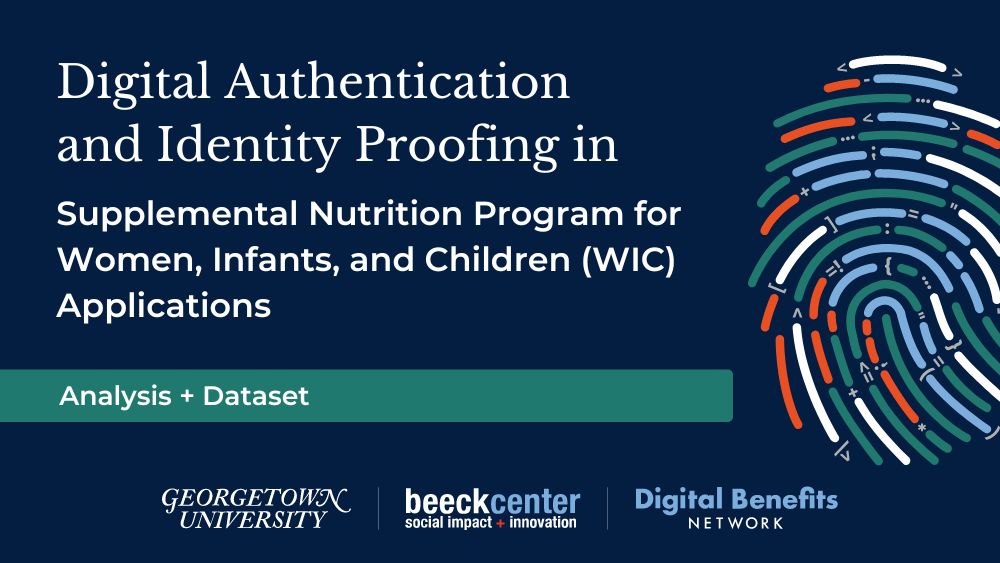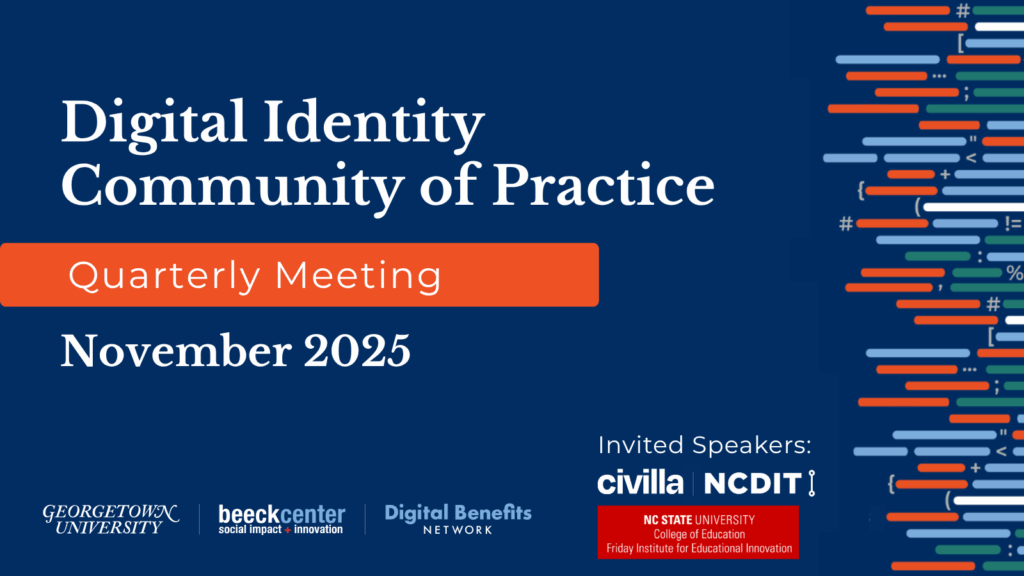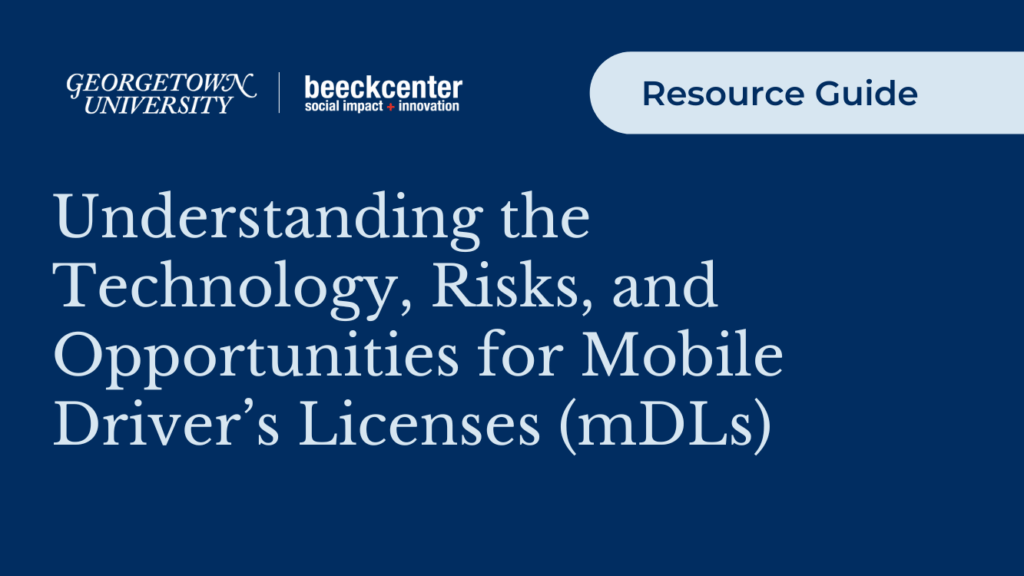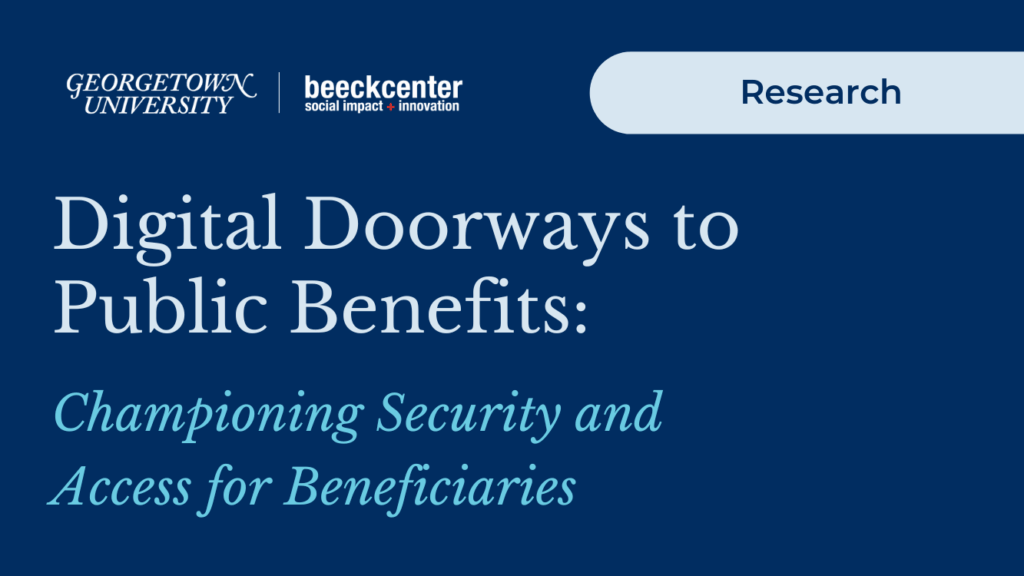Digital Authentication and Identity Proofing in Special Supplemental Nutrition Program for Women, Infants, and Children (WIC) Applications
On May 19, 2023, the Digital Benefits Network published a new, open dataset documenting authentication and identity proofing requirements across online SNAP, WIC, TANF, Medicaid, child care (CCAP)applications, and unemployment insurance applications. This page includes data and observations about authentication and identity proofing steps specifically for online applications that include WIC.

← Back to Main Project Page
On this page, we share data and observations about authentication and identity proofing steps in online WIC applications. Because some states combine or integrate applications for multiple programs, this page includes data on a mix of standalone WIC applications and integrated applications. For entries that include combined or integrated applications, our data demonstrates claimant experiences when applying for multiple available benefits – for example WIC, Supplemental Nutrition Assistance Program (SNAP), Temporary Assistance for Needy Families (TANF), Child Care Assistance Program (CCAP), and MAGI Medicaid. We took this approach to data collection for practicality and also to document the most comprehensive experience possible for each application flow.
The data and details below demonstrate our current understanding of online authentication and identity proofing requirements and practices for this benefit program. As we continue to gather feedback and update these datasets, these numbers may change. These points should be viewed as general observations to help users make sense of this dataset more quickly. You can also view the Digital Benefits Network’s data on authentication and identity proofing practices across core benefits programs on the Digital Government Hub.
In 2020, Nava PBC conducted research about WIC technology in partnership with the National WIC Association (NWA). The research found that, at the time, 24 state agencies offered online WIC pre-applications, which allowed applicants to share basic information about themselves and invite WIC staff to contact them. As Nava pointed out in its work, there was not—and is not—a singular definition of an online application or pre-application across WIC state agencies. The forms vary greatly in terms of how much information related to eligibility they actually request, and, in 2020, 15 of these pre-applications identified by Nava directed users to the FNS WIC Prescreening tool. Nava released updated research on WIC programs in 2023 which identified 29 online pre-applications.
In consultation with Code for America, we decided to only include online WIC applications or pre-applications that could be accessed by any state resident as opposed to residents of particular counties and which collect information that helps determine the applicant’s income eligibility for the program, though there are other demographic and nutritional program criteria. This includes questions about participation in other means-tested programs such as SNAP, TANF, or Medicaid each of which determine categorical eligibility for WIC. Some states have an online option to request a WIC enrollment call or appointment, which we did not include in our dataset if they were not accompanied by income eligibility questions.
High-level Findings
Standalone Applications
Most WIC online applications or pre-applications are standalone forms which do not allow users to apply for other benefits.
- We included 17 WIC applications in our final dataset, four of which (Colorado, Georgia, Michigan, Nevada) allow applicants to apply for other benefits programs. Colorado also has a stand-alone WIC application which is also included in the final dataset.
Login and Registration Requirements
WIC applications or pre-applications rarely require users to register for an account.
- Only five WIC applications require a login to get started. Two other applications prompt or enable users to create accounts during the application process, and two applications make account creation optional at the start.
- An email address is required when setting up an account for five applications.
- Six applications that include WIC also incorporate additional authentication security measures, including security questions and authentication codes sent via email or SMS.
This map shows authentication requirements in online applications that include WIC across states. The color-coding on this map details whether applicants are required to sign-in to start an application. If you hover over an individual state on the map, you can also see whether the application’s account creation process incorporates additional authentication security measures, whether an email address is required to create an account if applicable, what type of login is used such as state single sign-on (SSO), and which benefits programs are included on the application.
Identity Proofing Requirements
Applications for WIC almost never require or prompt users to take active identity proofing steps when applying online.
- One combined WIC application, Michigan’s MI Bridges, prompts users to optionally use knowledge-based verification to verify their identity after they have registered for their account.
This map shows active identity proofing requirements in online applications that include WIC across states. The color-coding on this map details whether applicants are required to take active steps to prove their identities as part of an online application process. If you hover over an individual state on the map, you can also see what identity proofing methods are being used if applicable or known, when identity proofing is used during the application process, and what benefits programs are included on the application.
Personally Identifiable Information (PII) Requested
WIC applications, some of which are pre-applications, generally require very limited PII to submit.
- In our review, no WIC applications required applicants to submit a Social Security number (SSN). In four cases –on the combined applications for Colorado, Georgia, Michigan, and Nevada – SSN was requested but it seemed possible to submit the application online without disclosing that information.
Dataset
Digital Authentication and Identity Proofing in WIC Applications Dataset: Spreadsheet
Digital Authentication and Identity Proofing in WIC Applications Dataset: Gallery
Feedback and Engagement
We are publishing this dataset openly and publicly at this stage of our research to share knowledge and also to solicit feedback and engagement from various stakeholders and users. We envision this dataset as a starting point, and hope that people who visit the dataset will help ensure the accuracy of the data, fill in any gaps, conduct their own analysis, and share ideas for further extensions of this work.
This data represents a point in time. We also know that the information we were able to access may not reflect the most up-to-date experiences of claimants, and that application requirements and processes can be complex. For that reason, this data is not meant to be a guide for claimants seeking benefits. This project also does not provide context on state level policies.
To submit general feedback or specific feedback about an application included in the dataset, you can use our designated feedback form.
Data Collection: SNAP, WIC, TANF, Medicaid, and Child Care Applications
To collect data on SNAP, WIC, TANF, Medicaid and child care applications we collaborated with Code for America (CfA) during data collection for their 2023 Benefits Enrollment Field Guide. Our team assisted with a select number of assessments for CfA’s project and established a data sharing partnership to access their data and share our own data focused on authentication and identity proofing. CfA’s protocol involved creating accounts (if required) and filling in applications with sample applicant data without submitting it. This gave us access to additional information and texture about the process of applying for SNAP, WIC, TANF, Medicaid, and child care online.
We built out this data for SNAP, WIC, TANF, Medicaid, and child care applications between October, 2022 and February, 2023. After inputting data, we conducted an internal review of each application entry in February and March of the same year to ensure accuracy and consistency. Our team spent approximately an hour working with each application. We have also used the “Public notes” column in the dataset to document complexities and open questions.


